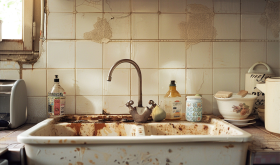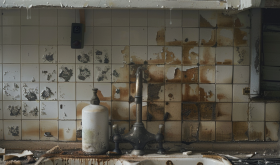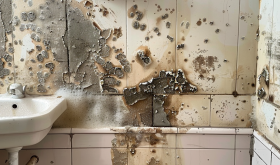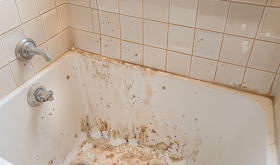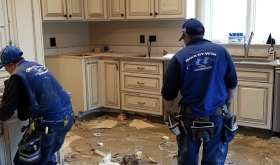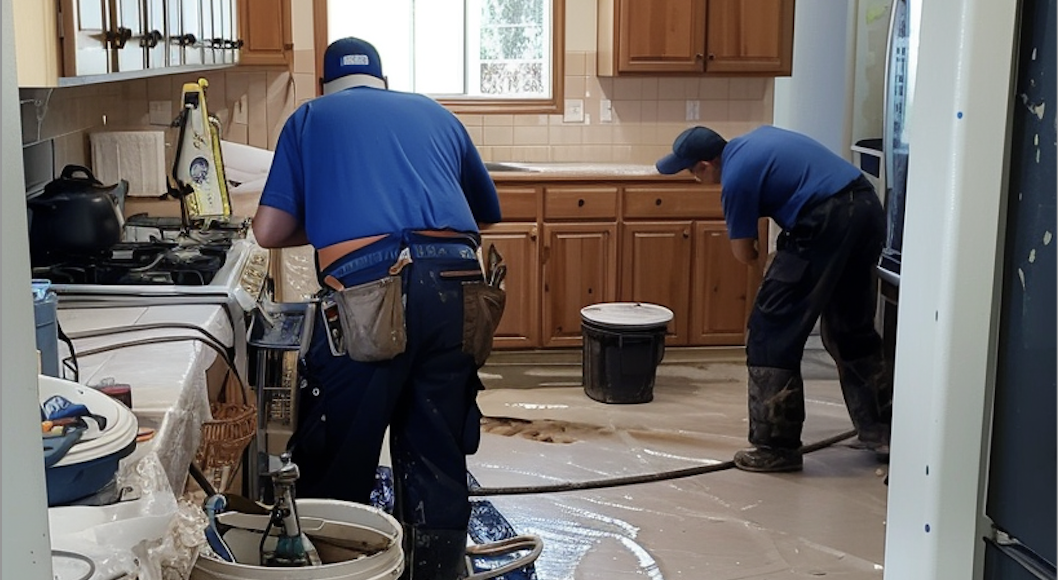
Water damage in your home can be a homeowner’s worst nightmare. From burst pipes to leaky roofs, flooding incidents, and even natural disasters, water intrusion can wreak havoc on your property, leading to structural degradation, mold growth, and costly repairs. While preventing water damage entirely may not always be possible, there are proactive steps you can take to minimize the risks and mitigate the impact. Additionally, having a plan in place for recovery can help you swiftly address any water damage incidents that do occur, minimizing further damage and ensuring a smooth restoration process.
Prevention Strategies:
- Regular Maintenance and Inspections: Perform routine checks on your plumbing system, appliances, and roof to identify and address any potential issues before they lead to water damage. Look for signs of leaks, corrosion, or wear and tear, and promptly schedule necessary repairs or replacements.
- Proper Insulation and Ventilation: Ensure that your home is adequately insulated and ventilated to prevent condensation buildup, which can lead to water damage and mold growth. Pay special attention to areas like attics, crawl spaces, and bathrooms.
- Landscaping and Drainage: Maintain proper drainage around your home by ensuring that the ground slopes away from the foundation and that gutters and downspouts are functioning correctly. Consider installing a French drain or other drainage systems in areas prone to excessive moisture.
- Water Leak Detection Systems: Install water leak detection systems in high-risk areas, such as near water heaters, washing machines, and under sinks. These systems can alert you to leaks before they cause significant damage, allowing you to take prompt action.
- Seasonal Preparation: In areas prone to severe weather or natural disasters, take necessary precautions to protect your home from potential water damage. This may include securing loose objects, clearing debris from gutters and drains, and installing flood barriers or sandbags.
Recovery and Restoration:
- Act Quickly: If water damage does occur, it’s crucial to act swiftly to minimize the extent of the damage and prevent further issues. Start by stopping the source of the water intrusion, whether it’s a burst pipe, a leaky roof, or a flooding incident.
- Safety First: Ensure the safety of everyone on the premises, especially if the water damage involves contaminated water (such as sewage backup). If necessary, evacuate the area and seek professional assistance immediately, as exposure to contaminated water can pose serious health risks.
- Call for Professional Help: While you may be tempted to handle the water damage restoration yourself, it’s often best to seek the expertise of a professional water damage restoration company. These companies have the necessary equipment, training, and experience to effectively assess the situation, extract the water, dry the affected areas, and prevent secondary damage, such as mold growth.
- Water Extraction and Drying: Professional water damage restoration companies use powerful pumps and truck-mounted vacuum units to quickly remove large volumes of standing water. They then employ specialized equipment, such as high-velocity air movers and dehumidifiers, to thoroughly dry and dehumidify the affected areas, preventing mold growth and structural damage.
- Mold Remediation: If mold growth has already occurred, it’s crucial to address it promptly. Mold can cause serious health issues and further damage to your property if left unchecked. Professional water damage restoration companies have the expertise and equipment to safely and effectively remediate mold, ensuring that your home is restored to a healthy and safe condition.
- Cleaning and Sanitizing: Once the affected areas are dry and any mold issues have been addressed, the next step is to thoroughly clean and sanitize the affected surfaces and materials. This may involve using specialized cleaning solutions and techniques to remove any remaining contaminants or odors.
- Restoration and Reconstruction: Depending on the extent of the water damage, some materials or structures may need to be repaired or replaced. Professional water damage restoration companies can handle this phase, ensuring that your home is restored to its pre-damage condition or better. This may include reconstructing drywall, replacing flooring, or making necessary repairs to structural elements.
- Documentation and Insurance Claims: If you plan to file an insurance claim for the water damage, it’s essential to document the entire process thoroughly. Professional water damage restoration companies can provide detailed documentation, including before and after photos, moisture readings, and itemized invoices, to support your insurance claim.
- Prevention and Maintenance: Once the restoration process is complete, take proactive measures to prevent future water damage incidents. Address any underlying issues that caused the initial water damage, such as fixing plumbing leaks or improving drainage systems. Regular maintenance and inspections can also help identify potential problems before they escalate.
Water damage in your home can be a stressful and overwhelming experience, but by implementing preventive measures and having a plan in place for recovery and restoration, you can minimize the risks and mitigate the impact. Remember, acting quickly and seeking professional assistance are key to effective water damage recovery and ensuring that your home is restored to a safe and habitable condition.

